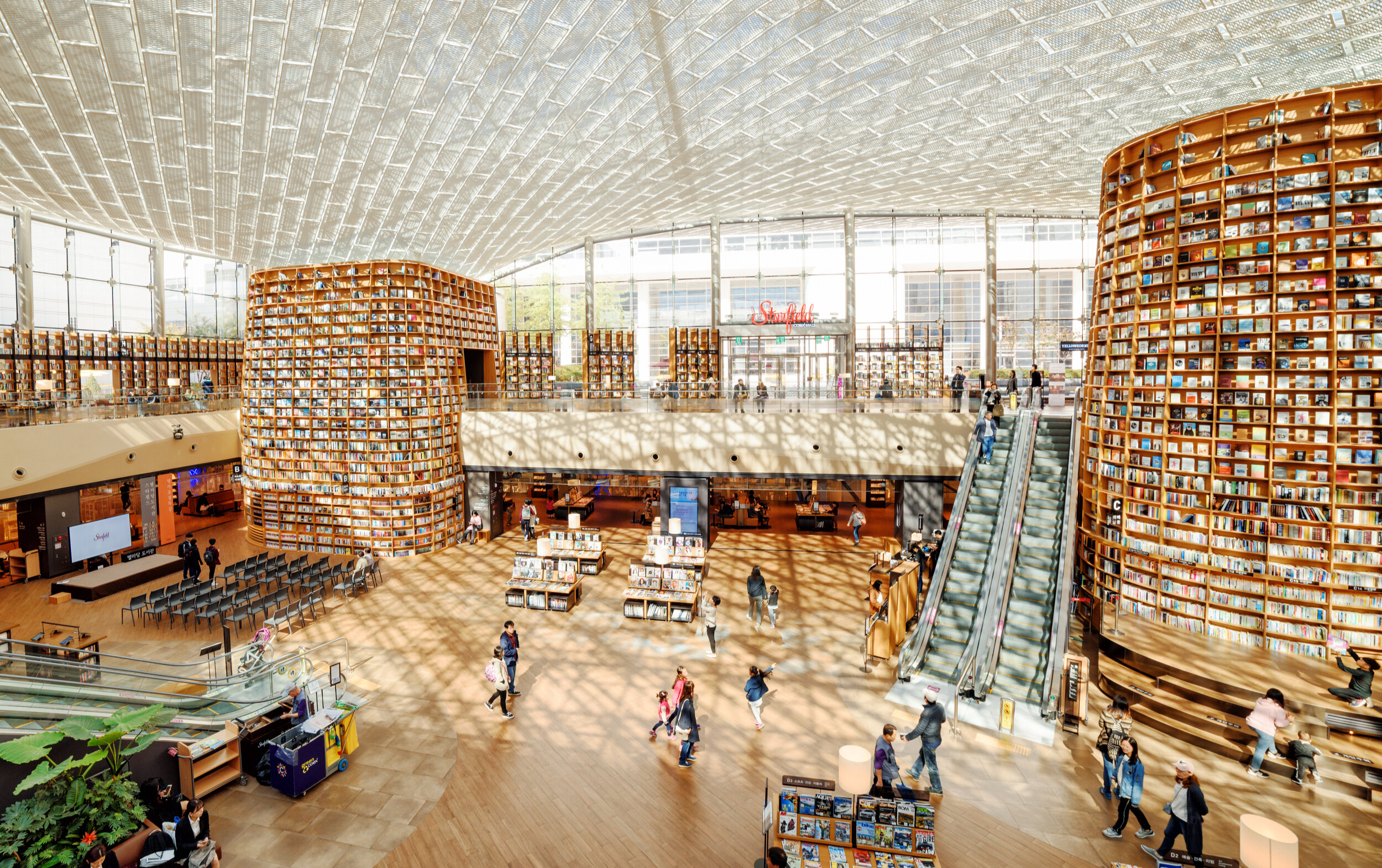Modern content aggregation pillar 3: platform for content distribution
In the past few weeks, we've shown how all modern content aggregation companies are built on the same three pillars. Now that we've discussed the first two pillars — modular content creation and ingestion and rights clearance — let's have a look at the third one: a platform for content distribution. What does it entail, why is it useful, and what conditions should it meet?
What types of content distribution platforms are there?
Platforms for content distribution exist to provide end users with high-quality materials in an efficient way. Basically, there are three types of platforms:
- The search environment, which makes materials available and searchable.
- The library, which offers a specific collection of materials and can be compared to a study aid.
- The learning environment, which recommends materials to users based on a certain learning goal, thus increasing the platform's teaching capability.
The big difference between these platforms is the knowledge they have about their users: the first has very little information on them, while the third knows its end users through and through.
The approach: the road to a well-organised platform is paved with labels
A platform for content distribution allows modern content aggregation companies to expand their online presence and market. After all, they need a portal to attract visitors — especially now that revenues are increasingly generated online.
For a platform to work, though, it should be scalable in technical terms: it needs to deliver high volumes of content fast and provide the user with real-time insight into materials. To achieve these goals, companies require a well-organised collection. This is where labelling comes into play: labels are the go-to means for organising content.
This goes for all three types of platforms — although the preeminent type is a platform that uses the data it's collected to make tailored recommendations to users. Ultimately, this mechanism can be linked to content labels, too.
What about the overarching picture?
In summary, the third pillar is indispensable to modern content aggregation companies, and it's inextricably linked to content labelling. Want to know more about the latter? Keep an eye on our next blog posts.
In the meantime, can you think of an organisation that has a top-notch platform for content distribution? And where does your business currently stand?

